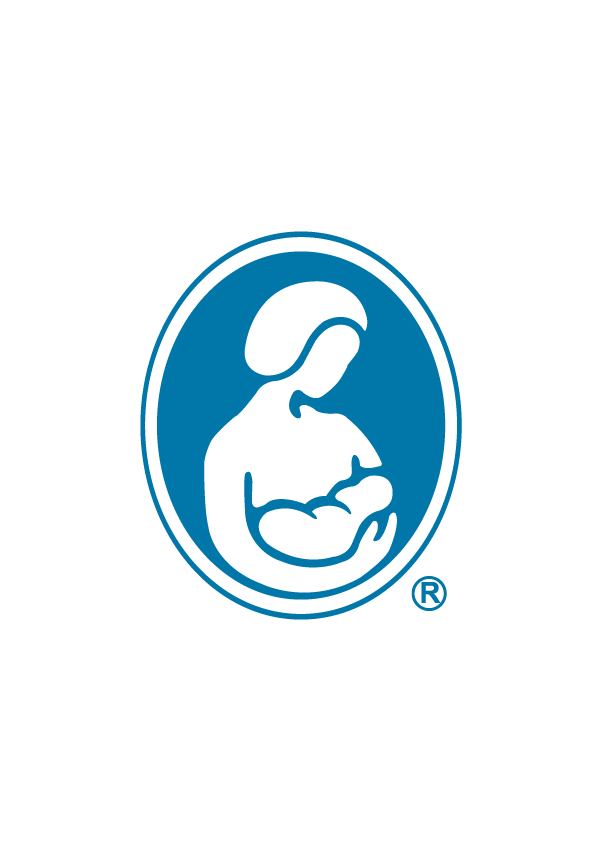

多年来,许多“经典”的《新起点》文章都可通过国际母乳会美国和国际母乳会总部的网站获得。
随着这些网站的更新,能否获得《新起点》往期的文章有了变化,因为许多曾经在网站上找得到的文章可能不复存在了。
我们计划找回一些早年的育儿宝典。针对发表在2013年第4期上的这篇“经典”文章,我们更新了原文的部分内容,文中詹妮弗●皮特金分享了她与第二个孩子做乳房爬行的经历以及她是如何为此做准备的。我们还收录了2013年发表时的照片。
如果你想看发表在《新起点》博客上“尘封多年”的文章,但不再有权限访问,请发邮件到nbeditor@lllusa.org给我们留言。
虽然我们的实物过期期刊不够完整,但我们有权限访问大型过期期刊库,也许能为你挖掘出一个特定的故事来。
我第一次怀孕时对乳房爬行一无所知。自从第一胎经历过各种哺乳启动不顺利后,我非常坚定让哺育第二个孩子的旅程不再重蹈覆辙我和大女儿出生后所经历的问题。我知道,如果我的分娩没有药物干预的话,再加上有个健康机敏的宝宝,我们就会尝试乳房爬行。
在大女儿一岁多一点时,我和丈夫发现我怀了第二个孩子。我观看了一个乳房爬行的视频,过程令我非常着迷。因此我开始竭尽全力去探究这件事,并下决心组成一个团队来帮助我和孩子。
在准备第二个孩子的出生时,我和丈夫制定了一个相对简单的分娩计划书给医生看:分娩后就把宝宝放在我的肚子上,在肚子上面把宝宝擦干净(手除外),用毯子盖住宝宝的背部, 等到宝宝吃完奶后再做任何检查和处理。至今想起当初我的导乐在产房墙上的白板上写下了“请把‘黏黏糊糊’的宝宝抱给妈妈”,我都不禁一笑。
生产完后,我记得是丈夫第一个告诉我生了个男孩!然后儿子被放在我的肚子上。他花了一个来小时跋涉到了乳房,这期间丈夫一直轻抚着我的头,泪流满面地告诉我他太自豪了。
我从读过的研究中得知乳房爬行平均需要一个小时左右——的确如此!美妙之处就在于,直到看了导乐拍的儿子乳房之旅视频,我才知道花了多长时间。那时我没看过表,一直注视着孩子,无法将目光从小宝贝身上挪开。我和丈夫在分娩后可以借此放松放松。我们花时间专注于每一步,宝宝也一样——确实如此!我和宝宝在分娩后、母乳喂养之前能一起享受这一特殊时光。他真做到了!他用小脚抵着我的肚子前行,用胳膊和手留下了羊水的痕迹,引领他爬向乳房。他竟然自己含上了乳房!
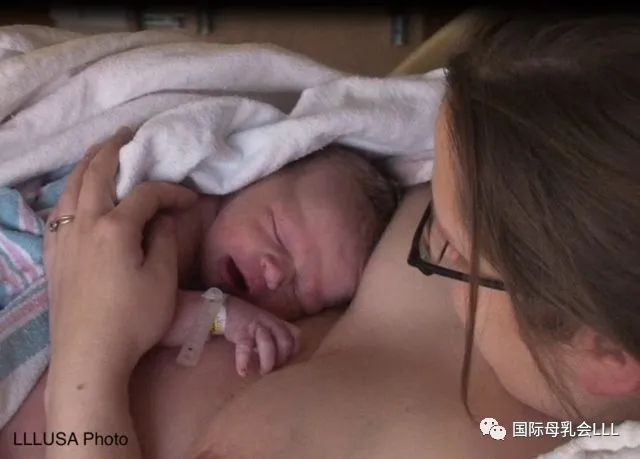
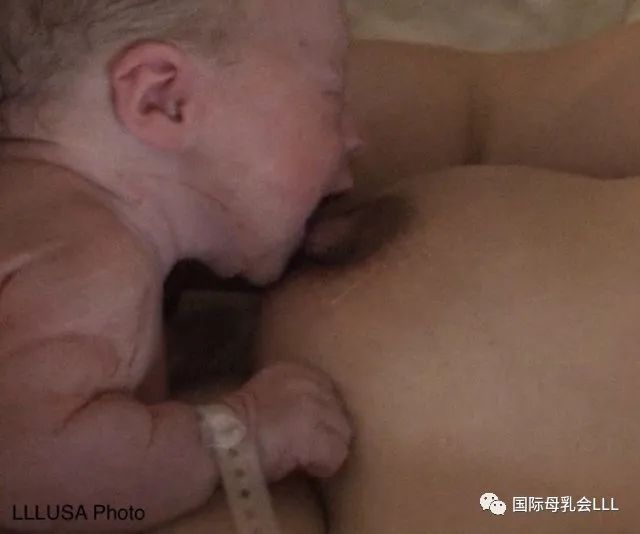
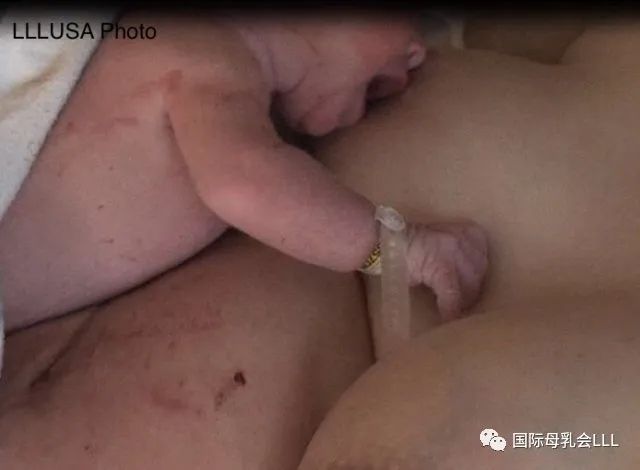

婴儿天生具有一种“踏步反射”的本能,如果他们的脚接触到一个平面,就会开始“走路”。他们虽然无法支撑自己的体重,但在适当情况下,他们可以为自己提供所需的杠杆作用,以便在分娩后借着母亲的腹部推动自己。
我的孩子爬向乳房期间,他的手在身前带路,上面的羊水留下一道气味的痕迹,引导他爬到乳房。他把手伸向我的乳房,脚蹬着我已柔软下来的肚子向前,像在轻柔地按摩我的腹部。
美国儿科学会发表的一篇文章解释说,如果把新生儿擦干放在母亲的腹部、在没有母婴分离的话,乳房爬行会依次呈现五个本能阶段。
1.前30 分钟:新生儿休息,偶尔看看母亲。
2. 30-40分钟:新生儿开始咂吧嘴并将手指放到嘴里。
3. 新生儿利用踏步反射蹬着母亲的腹部向前移动,爬向乳房时会左右转动头部.
4. 到达母亲胸骨边缘时,婴儿会上下晃动着头,埋入母亲的胸膛。
5. 当新生儿接近乳头时,嘴巴张得大大的去含住乳头。
正如我丈夫所说:“我们过多地干扰了自己的本能,而忘了小宝宝也有本能。”
乳房爬行的研究强调了众多好处,包括对婴儿新陈代谢和温度的调节以及更高品质的亲子关系。新生儿在母亲腹部的踏步反射有助于胎盘的娩出,母亲的催产素水平也高于那些分娩后与婴儿分离的母亲的。
我看到了我的儿子在出生后第一个小时有多能干,也很感激自己给了他机会展示给我看。


乳房爬行视频(点击“阅读原文”可直接观看):
med.stanford.edu/newborns/professional-education/breastfeeding/early-initiation-of-breastfeeding.html
Tiwari V, Purohit A, Verma M. A recent advance in first hour feeding– breast crawl. J PediatrRes. 2017;4(08):537-543.doi:10. 17511/ijpr.2017.08.07
https://pediatrics.medresearch.in/index.php/ijpr/article/view/309/616
The Breast Crawl: From The New Beginnings Archives
Editor’s Note
Over the years, many “classic” New Beginnings articles were available through both the La Leche League USA and La Leche League International websites. As these websites have been updated, the availability of the New Beginnings archives has changed, and many articles that were once found online may no longer be there. We plan to bring back some of these parenting gems from earlier years. For this “classic” posting from Issue 4 of 2013, we’ve updated portions of the original article in which Jennifer Pitkin shared about her experience with the breast crawl with her second child and how she prepared for it. We’re also including photos that were published in 2013.
If you would like to see a “blast from the past” published on the New Beginnings blog that you no longer have access to it, drop us a note at nbeditor@lllusa.org. While our physical archives are not complete, we do have access to a large library of back issues and may be able to dig up a particular story for you.
I knew nothing about the breast crawl during my first pregnancy. After a rough start nursing my firstborn, I was extremely committed to begin the journey with my second child without the issues my daughter and I encountered after she was born. I knew that if I had a non-medicated birth, coupled with a healthy and alert baby, we would attempt the breast crawl.
My husband and I found out I was pregnant with our second child when our daughter was a little over one year old. I watched a video of the breast crawl, and I became fascinated with the process. I began researching everything I could about it and became determined to build a team to help support the baby and me.
While preparing for the birth of our second child, my husband and I developed a fairly simple birthing plan for the doctor: put baby on my abdomen after delivery, wipe the baby off (except hands) while on my abdomen, cover baby’s back with blankets, and wait until the baby has nursed before taking any measurements. To this day, it makes me laugh that my doula had written “Give baby to mama all gooey” on the white board on the wall of the delivery room.
After I gave birth, I remember my husband being the first to tell me it was a boy! My son was then placed on my abdomen. During the hour or so that it took my son to make his journey to the breast, my husband was stroking my head, telling me he was so proud, with tears streaming down his face.
I knew from the research I had done on the average breast crawl that it would take about an hour, and it did. The wonderful thing was I didn’t know the amount of time that it took for us until I watched the video my doula took of my son’s voyage to the breast. I didn’t watch the clock. I watched my son the whole time. I couldn’t take my eyes off of my new baby. My husband and I were able to relax after delivery. We had time to focus on the next steps and so did our baby – literally. He and I were able to enjoy this special time with each other after pregnancy and before breastfeeding. He really did it. He pushed his little feet into my abdomen. He used his arms and hands to leave a trail of amniotic fluid to lead him to the breast. He latched himself.
What is the breast crawl?
Babies are born with an instinctive “stepping reflex“ where, if their feet touch a flat surface, they’ll start “walking”. They can’t support their own weight, but in the right situations can give themselves the leverage they need to push themselves along the mother’s abdomen after delivery.
During my son’s breast crawl, his hands were in front of him leading the way, leaving a scent trail from the amniotic fluid on his hands to guide him to the breast. He stretched out his hands toward my breasts and pushed his feet into my now soft abdomen, gently massaging my stomach.
five-point sequence in the breast crawl
In an article published by the American Academy of Pediatrics, it is explained that there is a five-point sequence in the breast crawl if the little one is dried off, placed on the mother’s abdomen, and not separated from the mother.
-
First 30 minutes: newborn rests and occasionally looks at mother.
-
30-40 minutes: newborn begins to smack lips and bring fingers to mouth.
-
Newborn uses stepping reflex to push against mother’s abdomen and move forward. Newborn turns head side to side while crawling up to breast.
-
When newborn reaches the tip of the sternum, the baby bounces their head up and down and into the mother’s chest.
-
As the newborn nears the nipple, the mouth opens and the baby latches onto the nipple.
As my husband said, “We interfere with our instincts too much and we forget that little ones have instincts, too.”
Benefits of the breast crawl
Studies of the breast crawl note extensive benefits, including metabolic and temperature regulation in the infant and a better quality of attachment. The newborn’s stepping reflex on the mother’s abdomen aids in the delivery of the placenta, and a mother’s oxytocin levels are higher than in those who are separated from their infants after delivery.
I saw what my son was capable of in his first hour of life, and I’m so thankful I gave him the opportunity to show me.

Resources

Breast crawl video(Click “Read more” to watch the Breast crawl video) :
med.stanford.edu/newborns/professional-education/breastfeeding/early-initiation-of-breastfeeding.html
Tiwari V, Purohit A, Verma M. A recent advance in first hour feeding– breast crawl. J PediatrRes. 2017;4(08):537-543.doi:10. 17511/ijpr.2017.08.07
https://pediatrics.medresearch.in/index.php/ijpr/article/view/309/616

END
翻译:加拿大母乳会、许悦
审稿:核桃、传艳、Marien
编辑:幸宝
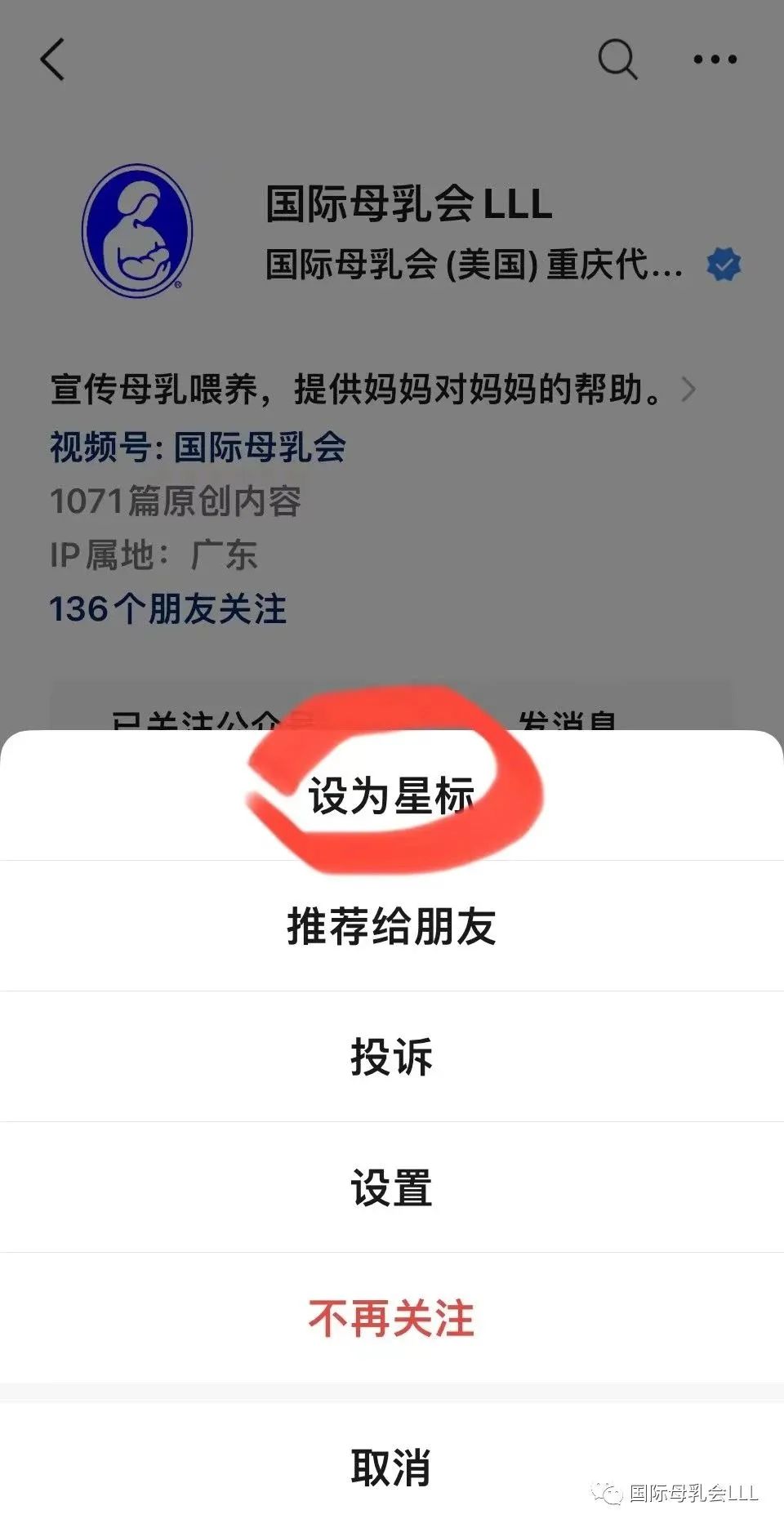

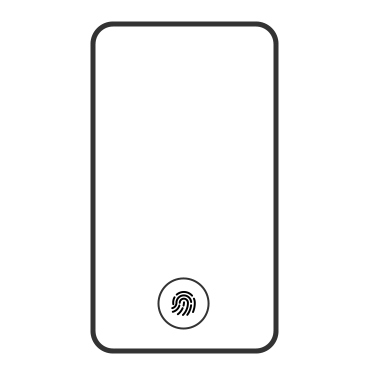
中国移动手机和宽带用户可访问:
muruhui.com 或muruhui.cn
获取更多资讯

本篇文章来源于微信公众号: 国际母乳会LLL
